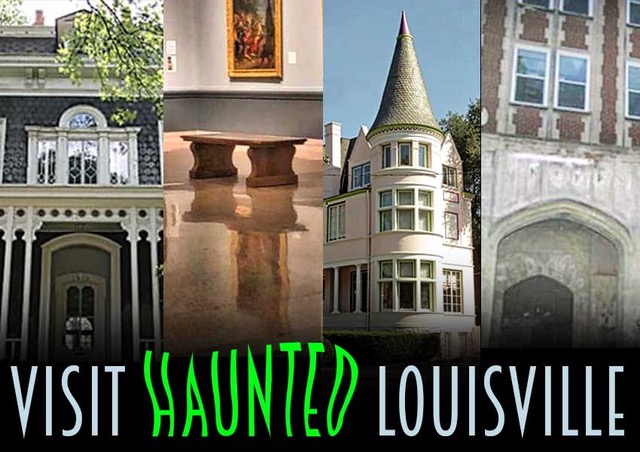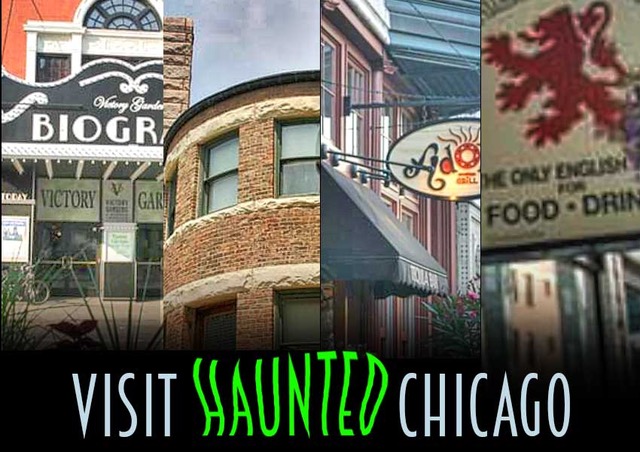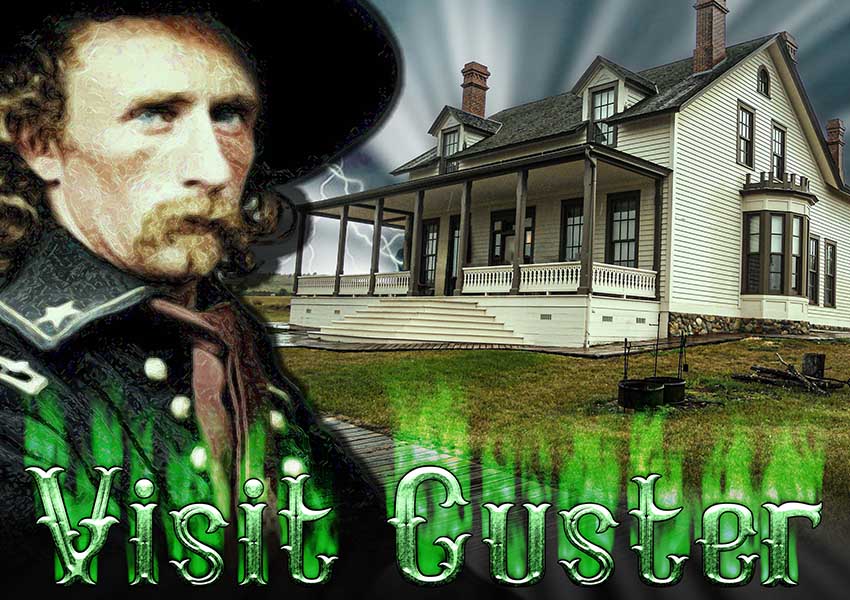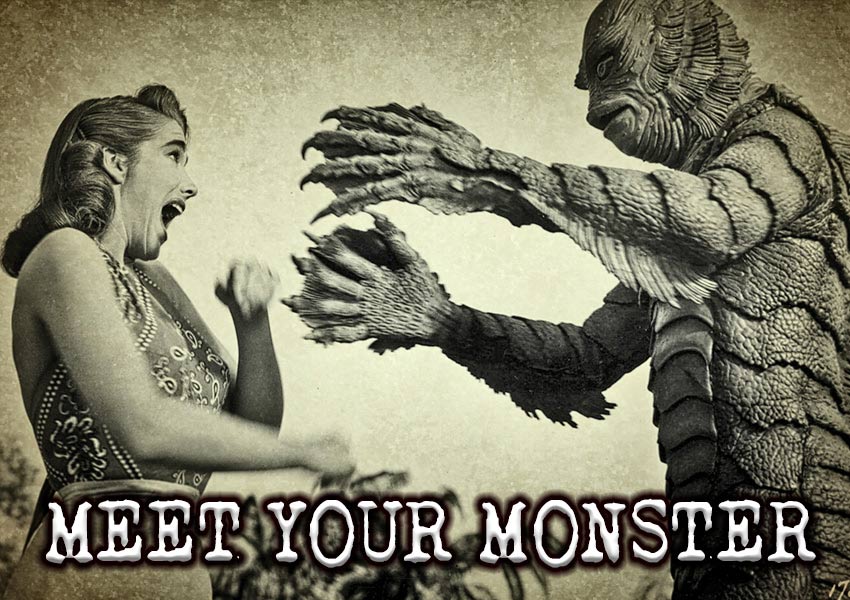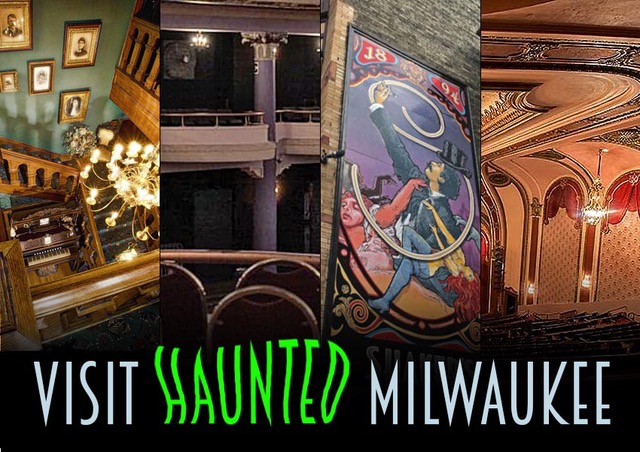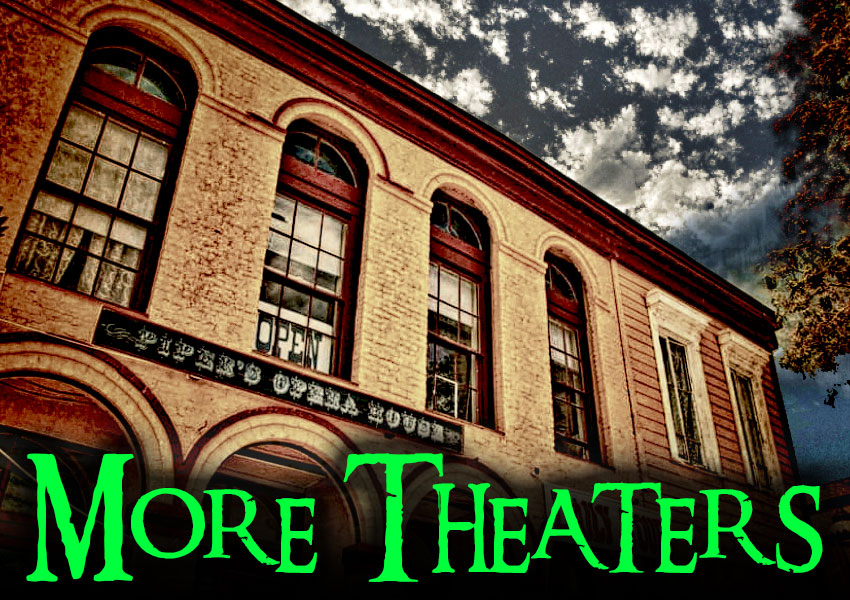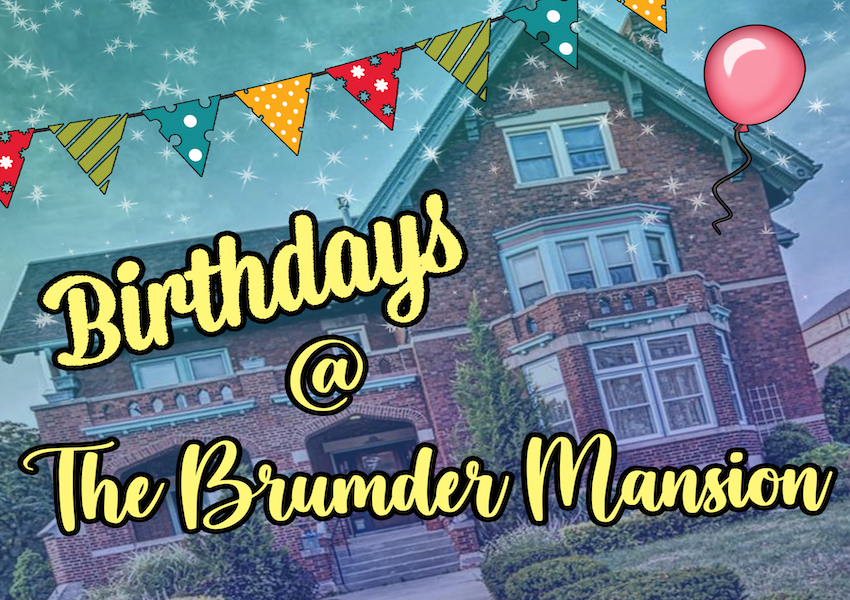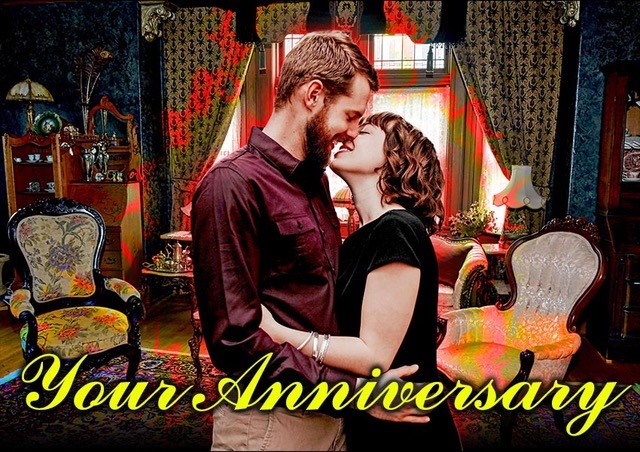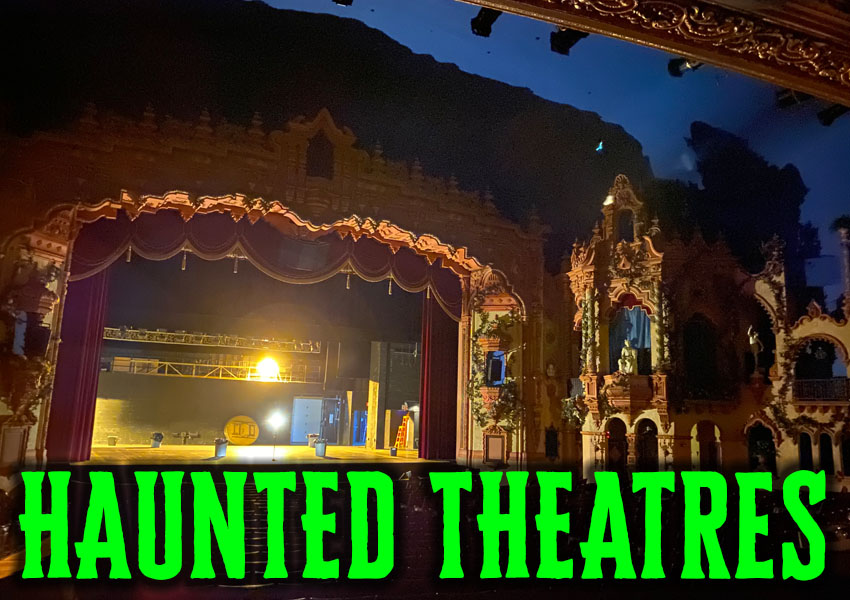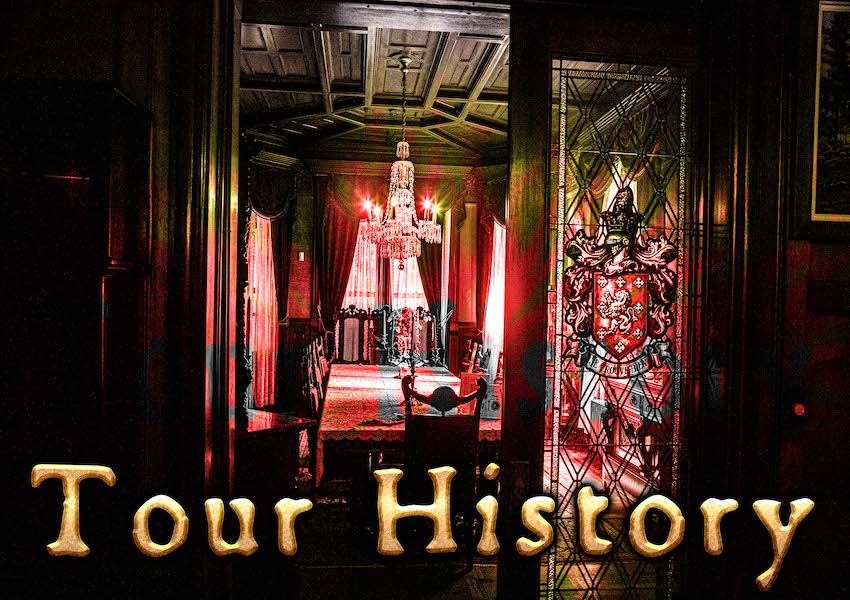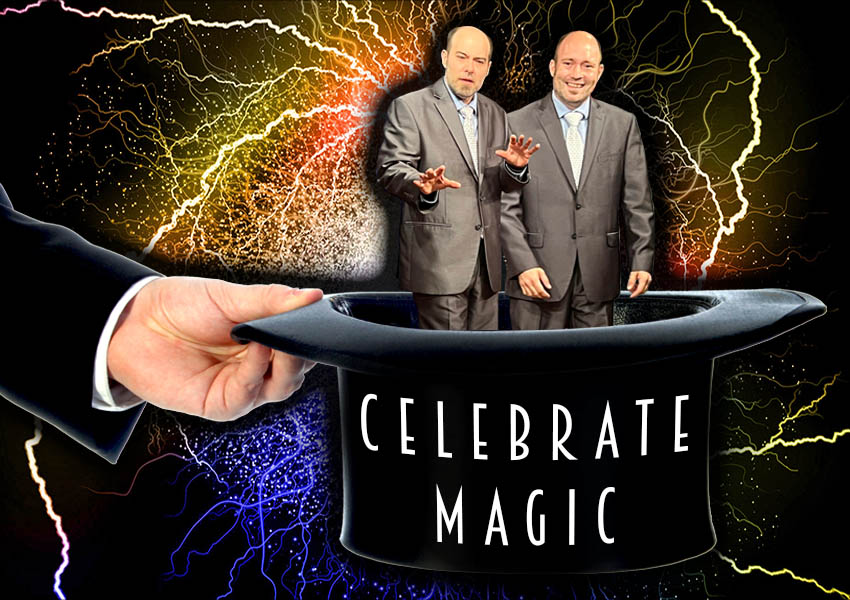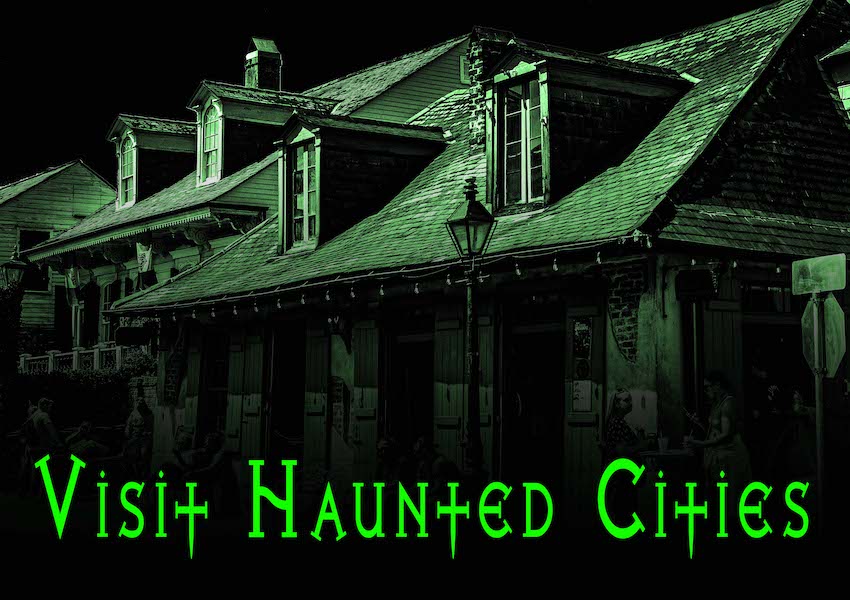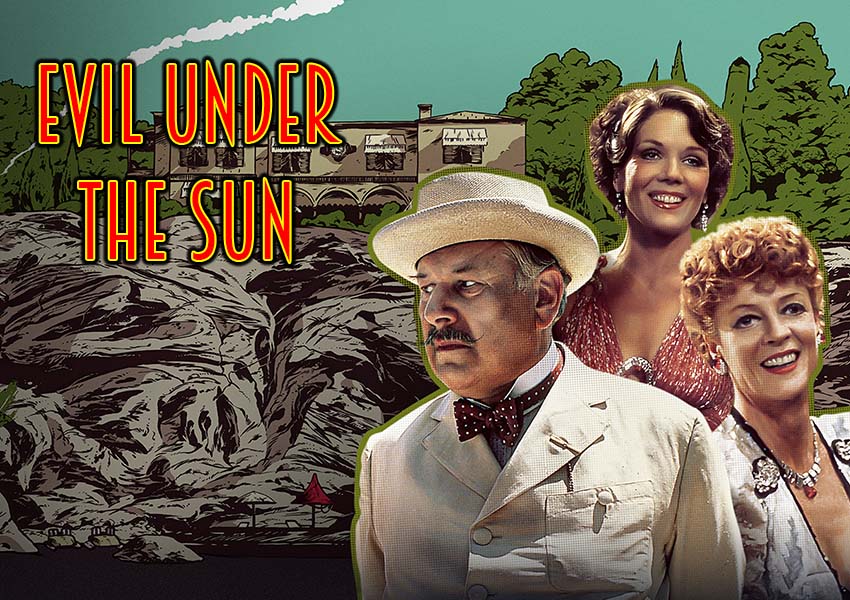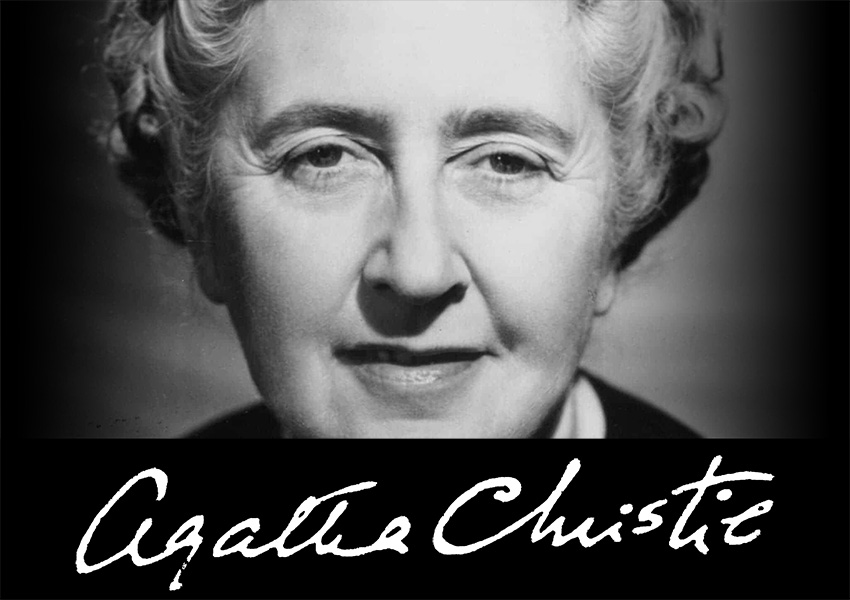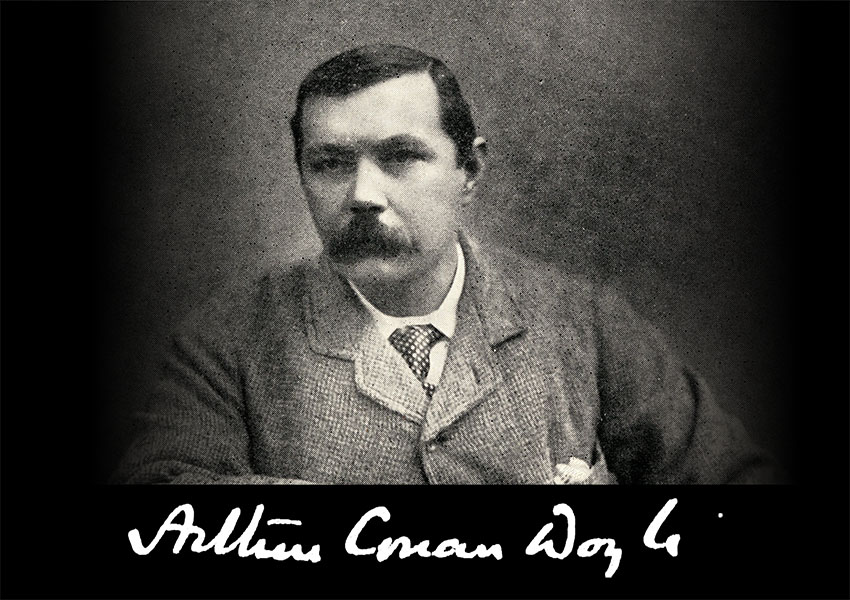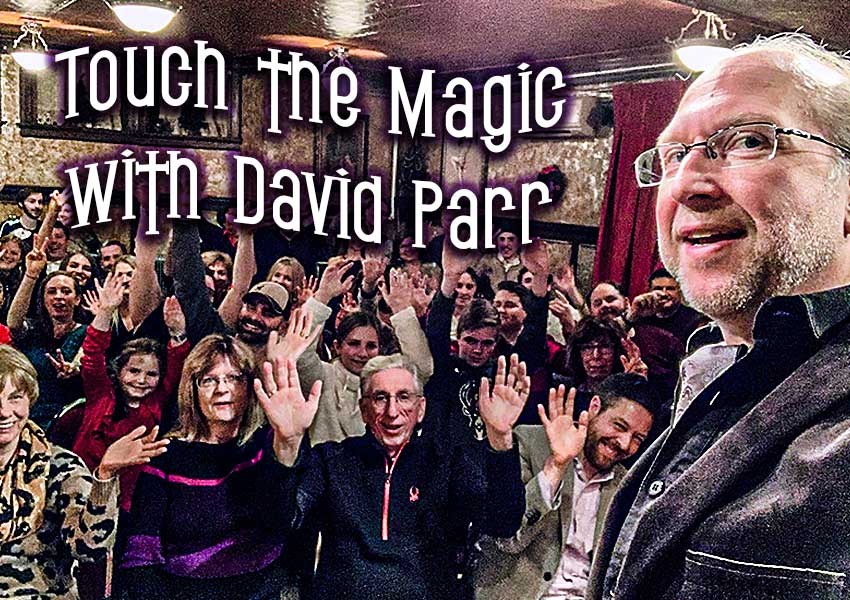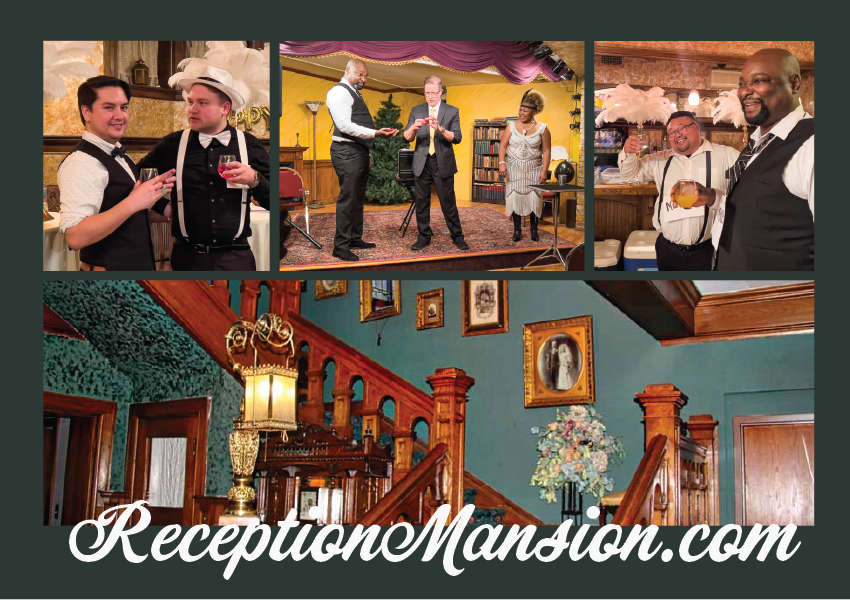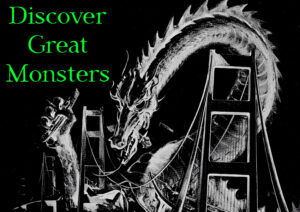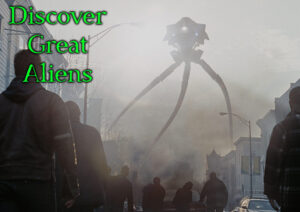Madison Wisconsin
Science Hall at University of Wisconsin
Breaking glass is one of the ways this spirit makes itself known to the living!
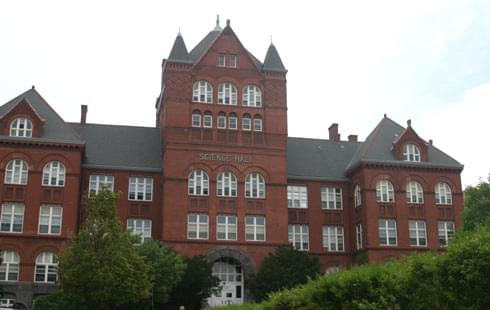
DESCRIPTION
Tom and I stopped by to visit the University of Wisconsin, in Madison, to check out a few buildings. The Science Hall is a beautiful Romanesque style, four story, castle-like, red brick building, built to last the eras of time. The style reminds me of a Victorian / Italian castle.
It has the distinction of being the second building in America to have been constructed entirely with a steel-frame support system, including steel beams throughout the structure. Bricks and steel ensured that this building would never burn easily again.
It is home to The Environmental Studies Library, Geography Library, and Map and Air Photo Library, as well as Science Departments, and science graduate studies, including: Conservation Biology and Sustainable Development Graduate Program, The Department of Geography, and Water Resources Management Graduate Program.
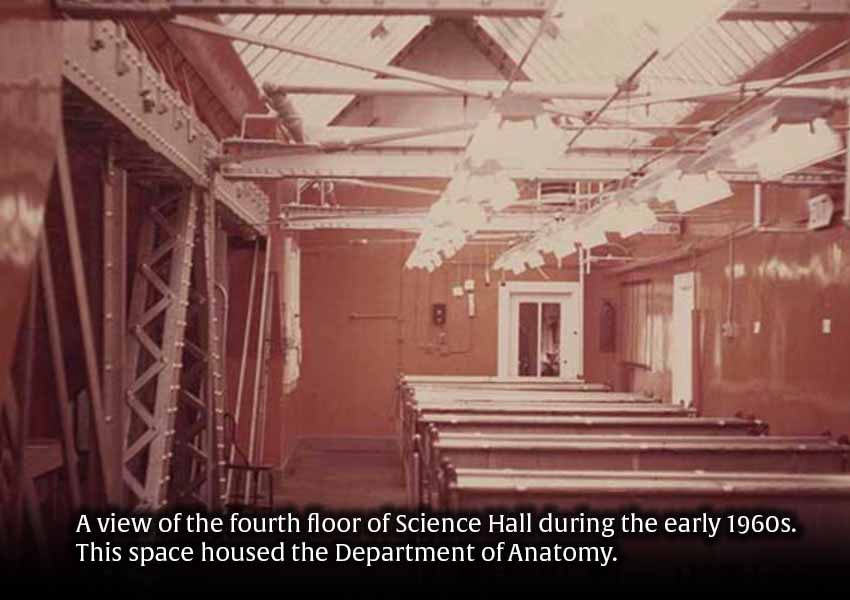
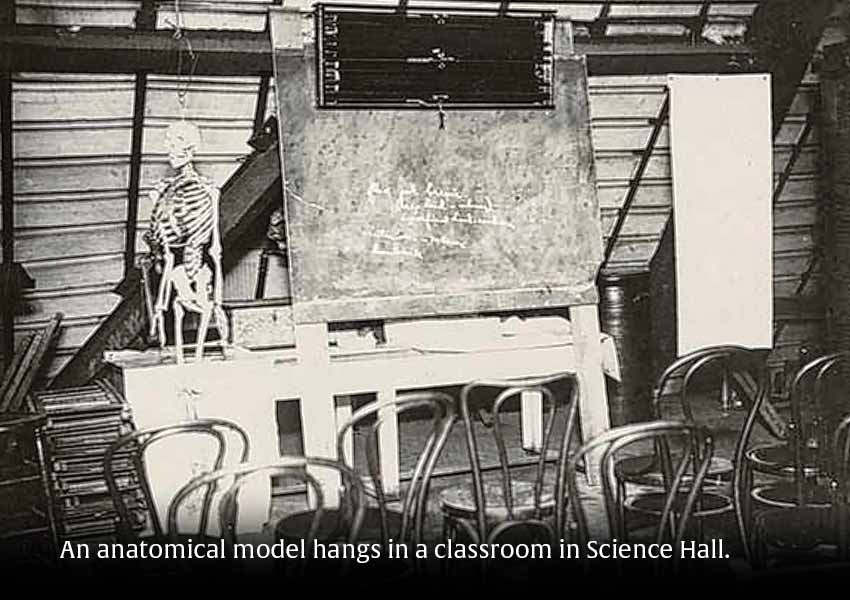

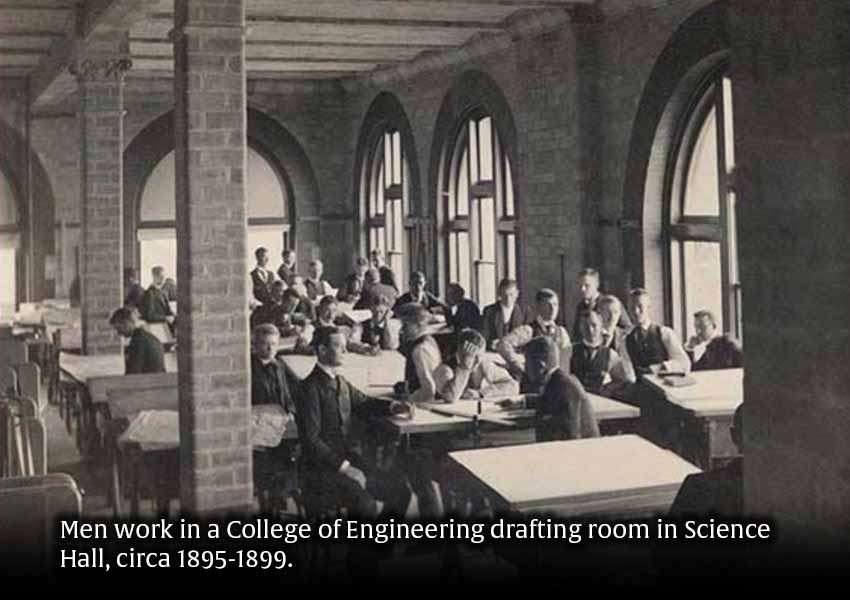
HISTORY
The original Science Hall was erected in 1877 to provide laboratories and offices for all science and engineering departments. However, after only seven years in existence, a fire destroyed the building. The present Science Hall was constructed on the same location in 1887, designed by architect, Henry C. Koch, but later the pans were changed by Allen D. Conover, who was a Professor of Civil Engineering.
Professor Conover insisted that “hollow clay tile and additional iron and steel columns be used in the construction of Science Hall to make the building as fireproof as possible,” driving up the price another $175,000 dollars. Yikes! Because this price tag put a financial strain on the new University of Madison, the state legislature with no much enthusiasm, voted to give the University of Madison the additional money.
The final cost for this magnificent building was a whopping $285,000 but it was well worth it in the long run. It began as being just one of three instructional facilities on UW Madison campus.
Nearly all the UofW Madison Science Departments were located here; including The Anatomy Department that stayed here until 1956. First Science Departments to set up in their assigned spaces were Engineering, Physics, Mineralogy and Geology, and Zoology. The Anatomy Department joined the other departments at some point when the Pre-Med Program was established.
Science Hall has had the honor to have been the home of many great scientific Professors who worked on important research, including “Prominent geologists Charles R. Van Hise (1857-1918) and Thomas C. Chamberlin (1843-1928). Both men gained national attention and recognition for their work done in Science Hall.”
In 1904,”the north wing of the fourth floor attic was sectioned off into small, windowless rooms where first year medical students worked on cadavers.” The cadavers were stored in the basement, and when a body was needed, a cadaver lift was used to deliver the cadaver to one of the dissection rooms. After the students had finished, the remains were sent down a slide from the attic to the ground floor.
For years, students would sneak into Science Hall and slice down this slide!
Students had laboratories for original work throughout the massive building; as did Professors. The attic was a huge space, with dissection rooms, an Anatomy Lecture Room, and a small, bright research lab, located in the north wing of the attic, which was probably used by promising students or Professor Edward Birge; a fun-loving inventor of the field of Limnology, University President,Thomas Chamberlain, a famous geologist who may have finished his work with the Geological Survey here and Professor Charles R. Van Hise, a geologist who was the first geologist “to apply microscopic lithology to the extensive study of crystalline rocks,and to use those results in the formulation of geological principles.”
Charles R. Van Hise greatest contribution to the field of Geology was using and teaching “the quantitative application of physical and chemical laws to geological problems. His influential 1904 monograph, A Treatise on Metamorphism, moved geology out of the science of classification and into formulating principles.”
.
There is a possibility that this lab was used in a 1930s research project on antibiotics; the miracle drugs that wound up kicking TB in the pants and providing cures for former deadly infections.
The Science Hall is open to the public when in use by the college during the day.
HISTORY OF MANIFESTATIONS
Buildings where cadavers were stored, or embalmed or used for research, can be haunted by spirits of these remains, for a variety of reasons. They may not want to accept that they have passed, and/or want to stay where they died or where their remains were taken because they like the structure that they couldn’t enjoy when they were alive.
Castleton University Old Chapel, VT (When it was used for the Medical College, cadavers were used by medical students for dissection).
Stone Lion Inn, OK (This lovely structure was once a Funeral Home where cadavers were prepared for burial).
Nettie Bowne Hall, Dutchess Community College, NY (The basement of Nettie Bowne Hall was the morgue for all the TB patients who died in the 1913 Nettie Bowne TB Hospital that was the original occupant of this building).
Science Hall at UWM, WI (Back in the day, medical students were dissecting cadavers in the attic of Science Hall, and cadavers were stored in the basement which is now Room 15, the “present day environmental studies student lounge”).
When remains are disrespected, spirits can be restless; feeling a variety of emotions.
Montauk Manor, NY (Bones found in Native American graves were ground up and mixed into the mortar that was used to build this lovely structure).
Easton Library, PA (Body parts from unclaimed graves were dumped into a mass grave that was paved over for the entrance driveway).
Castleton University Old Chapel, VT (One body was stolen out of the graveyard. The cadaver’s head was sawed off by medical students; desparate for a cadaver during a time when body remains were scarce).
Science Hall at UWM, WI (In 1974, students found an embalmed human foot in the attic, apparently left behind by the Anatomy Department, and a set of leg bones that came from a “tall man” were also been discovered. People may have donated their bodies to science, but having parts disrespectfully discarded in a storage attic wasn’t what they had in mind).
Spirits who were happy while alive in a certain place may want to stay there to remember the highlights of their successes, and the job they actually were involved with in this place; sometimes expressing annoyance with interruptions from the living.
Buffalo Bill’s Ranch State Park, NE (The spirit of Buffalo Bill has claimed his old bedroom, knocking items on the floor that were put on his dresser).
Buford House, AZ (Spirit of an elderly lady will verbally chase the living out of her bedroom).
Pioneer Village Sheriff’s Office Jail (Spirit of a jailer keeps the living in line; making sure they follow the professional standards he set up in his jail).
Crystal Palace Saloon, AZ (Spirit of Virgil Earp handles rude, obnoxious behavior of living people much like he did while alive. Better behave!).
Science Hall Old Attic Laboratory Room (Spirit of a very successful student or scientist /Professor or UWM President still enjoys remembering what he developed here in his research laboratory; located up a staircase found in the back of the attic, in a room with great light).
Old items that were important to spirits when they were alive, can draw them back to this world.
Custer House Museum, ND (Many original Custer family pictures and possessions are on display).
Museum of Shadows, NE (Many items on display have spirits attached to them).
Pittock House Museum, OR (The spirits of Mr. and Mrs Pittock are in hog heaven as a lot of their favorite possessions are on display).
Science Hall Old Attic Laboratory Room, WI (In the attic space, there are very old, original pipes and gas valves, such as the sort used for Bunsen burners, along with beakers).
MANIFESTATIONS
It is thought that the paranormal activity experienced below may be connected to the Anatomy Department’s use of the building, to the mistakes made in moving to another structure and to one of the many discoveries and important experiments that were done in the attic laboratory.
General Activity
A common occurrence experienced in this building from people who have worked or studied there have reported strange sounds where there shouldn’t have been any.
Throughout the hallways on all the floors of this historic building, people have felt unseen presences following them.
They also have heard the sound of footsteps behind them to go along with this feeling.
4th Floor Attic Presence
The fourth floor of the building, now used for storage, seems to have an unseen, male presence.
His special research room is located up a staircase found in the back of the attic.
When people do visit the fourth floor and this room off the attic they have seen beakers deliberately fall off the shelves, one at a time, letting the living know of his presence; perhaps hoping to startle the intruders out of his work space.
He may also be teaching in his classroom on the fourth floor, or somewhere else in the building.
PARANORMAL FINDINGS
People who use the building have had personal experiences for years.
No hard evidence has been shared with the public on-line.
STILL HAUNTED?
Probably so.
While some claim that the spirits have left, it still seems to be haunted by a serious presence; focused on his research and teaching, and not in a sociable mood. Other more fun-loving unseen presences, linked to the cadavers that were donated to science so long ago find ways to entertain themselves. They get their chuckles in playful ways, through making sounds and actually following people around. Feeling a presence and hearing his or her footsteps is a rather convincing personal experience.
LOCATION
550 North Park Street
Madison, WI 53706
UW building number: 0053
Science Hall can be found at the bottom of Bascom Hill, in the heart of the University of Wisconsin in Madison campus, on N. Park Street which makes a T intersection with Langdon Street. It can be seen from the Memorial Union Building. Looking at it from the front, it sits just left of the Helen C. White Hall College Library.
SOURCES INCLUDE
- fpm.wisc.edu
- theshadowlands.net
- uwalumni.com
- Ghosts of Science Hall By Abe — November 2, 2012
- nelson.wisc.edu
- Fact, fiction or just plain fun? Ten things to know about historic Science Hall March 17, 2016
- uwalumni.com
- Haunted History: The Legend of Science Hall by Laura Markowitz — October 1, 2019
- Wisconsin Historical Marker: University of Wisconsin Science Hall.
Our Haunted Paranormal Stories are Written by Julie Carr
Visit the memorable… Milwaukee Haunted Hotel
VIDEOS TO WATCH:
Haunted Science Hall
Ghost Hunters: Science Hall
The Haunting of Science Hall

